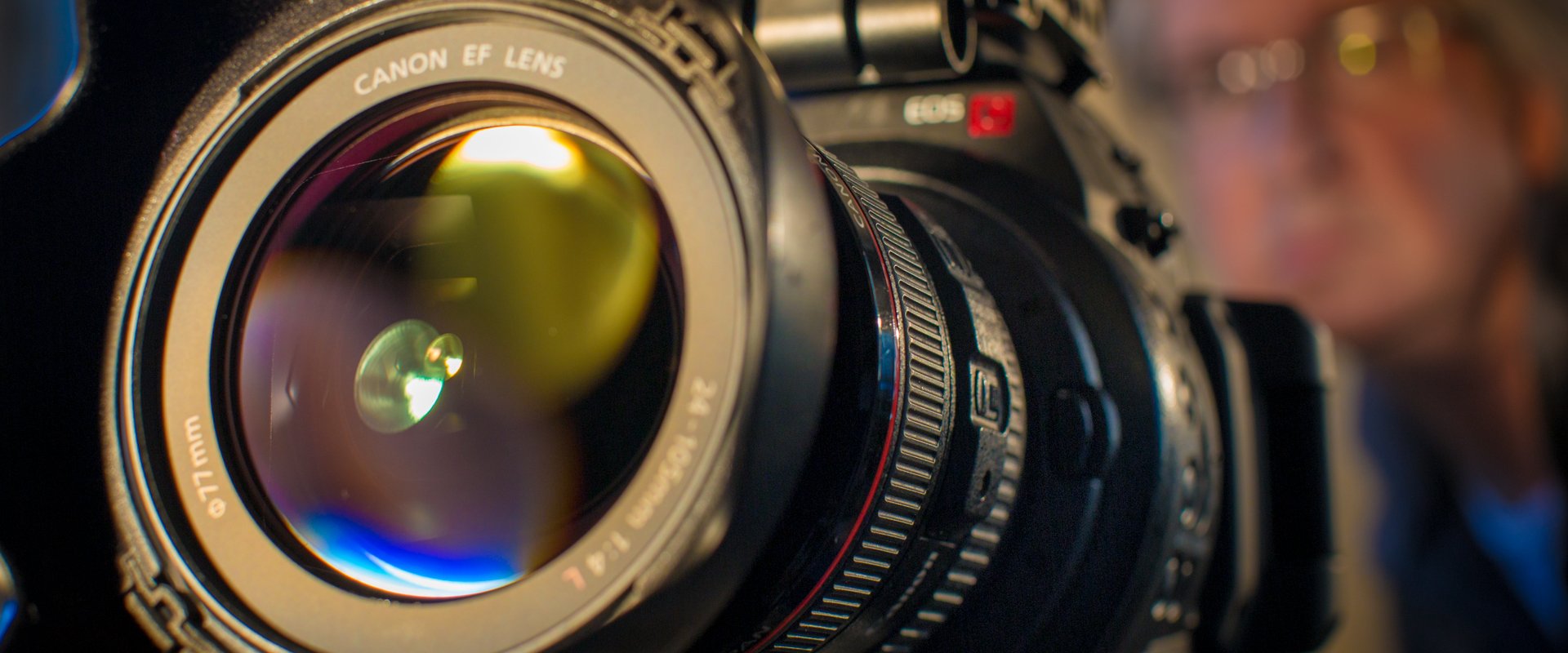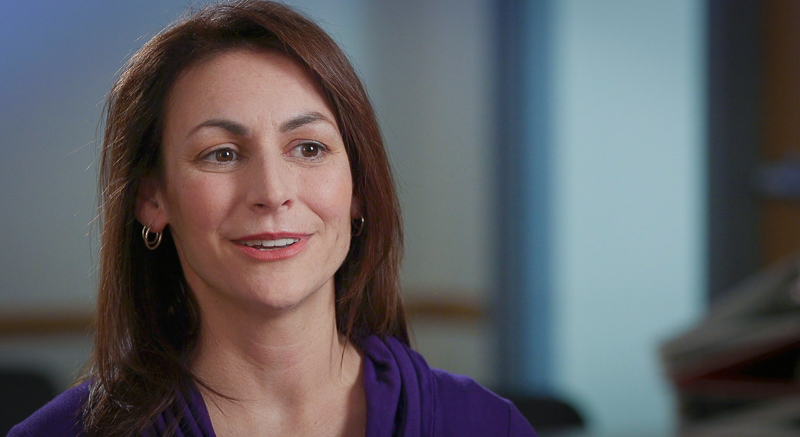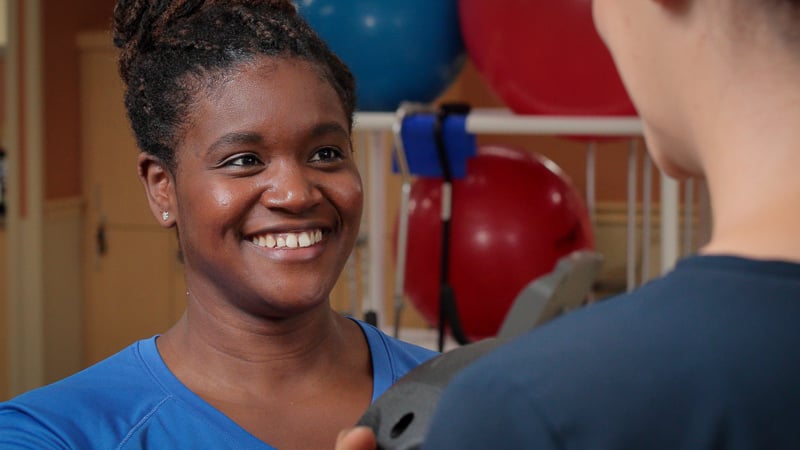
Let the games begin
Have you ever met someone and, after learning what he or she does for a living, become self-conscious because of their profession? You know, if he’s a hair stylist, you imagine he’s critiquing your hair cut; if she’s a psychologist, you think you’re being psychoanalyzed. If you meet this photographer/videographer, I’m not thinking about your hair or what kind of relationship you had with your father. I am probably noticing the light on your face though. Is it split, loop, broad, short, Rembrandt, butterfly, or some combination thereof? Maybe I’m thinking, "If you moved a little to your left you’d have a twinkle in your eyes and catch a bounce off that nearby wall to complement your cheekbones.” It’s just an occupational hazard, not judgment … so you can relax.
I take my work here at Vendi seriously, but that doesn’t mean it's free from games. I love being behind a camera; it’s my favorite part of the job because it’s a “capture the moment before it's gone” game in and of itself. But there are more games I play when lighting for either video or still photography. I suppose they could be further classified as puzzles because they're played as a personal challenge and I walk away having learned a little bit more about my craft. I have more fun and am more productive when work is approached as play so I was happy to realize many years ago that I was subconsciously playing these games.
Game #1 – Defining existing light
When I walk into most any indoor or outdoor space I begin to study the light — whether on assignment or not. I just can’t help myself. I begin a guessing game of how many overall lumens are there? What are the color temperatures present? Is the light high or low contrast? How will it change as the hours pass? All done to find the best locations and angles to photograph someone or something. Our eyes and brains do a remarkable job of compensating for light levels and color temperatures so the key is knowing how the camera —and its brain — will interpret what our eyes perceive. Only when I finally switch-on a camera do I see how I scored in this game.
Game #2 – Filling in the gaps
Every space in which we shoot is a puzzle to be solved. Good architects and lighting designers give us easier puzzles. Others can be a bit of a challenge. If you understand it and know how to use it, natural light is hard to beat, so our team always looks to shoot in the best lit spaces. This is why we prefer to scout a location prior to a shoot —to find that space and know what we need to bring to complete the puzzle. Ideally, the lights — the missing pieces to that puzzle — we bring to a shoot only supplement existing light. Rarely do we attempt to overpower natural light. As we supplement existing light, we light not just the subject, but the entire space. This ensures the primary light source has continuity in a video sequence, wide shots look more natural and we're able to block shots and find angles faster not having to constantly move lights around. A successful shoot is not just getting the shot, it's getting the shot quickly. We’ll be respecting both our talent's time and our client's budget. If we’ve accomplished all this, winner winner, chicken dinner.
Game #3 – Finding our way in the dark
If the shot calls for our own lights, I play another game of lighting the scene in my head before pulling out any lights. What does the shot need? What do I have to work with? Where can I keep the lights out of the shot? How will they blend with the existing light? Studying the room until the team has formulated a solid lighting plan is another timesaver worth the couple minutes it takes. If you’ve been at a Vendi shoot you’ve probably seen me walk around while holding my fist straight out in front of me — I’m probably also mumbling to myself but that’s not part of the game, just a quirk. No, I’m not trying to pick a fight with anyone; I’m using my fist as a quick stand-in to see how the light will play upon a face. (I never said I didn’t cheat a little at these games.)
Once the art director and I have a picture in our heads of how the scene should be lit, using Mr. Miyagi's “Remember picture? Make like picture.” technique, we place and adjust the lights. Then, and only then, do we turn on the camera to view the result. There are always small adjustments to be made but, the longer I play these games to hone my intuition, the fewer tweaks there are and we can proceed to get a great shot.
So, next time you’re on location during a Vendi photo shoot, feel free to play along. Unless you’re a psychologist. Then just sit down, you're making me nervous.






